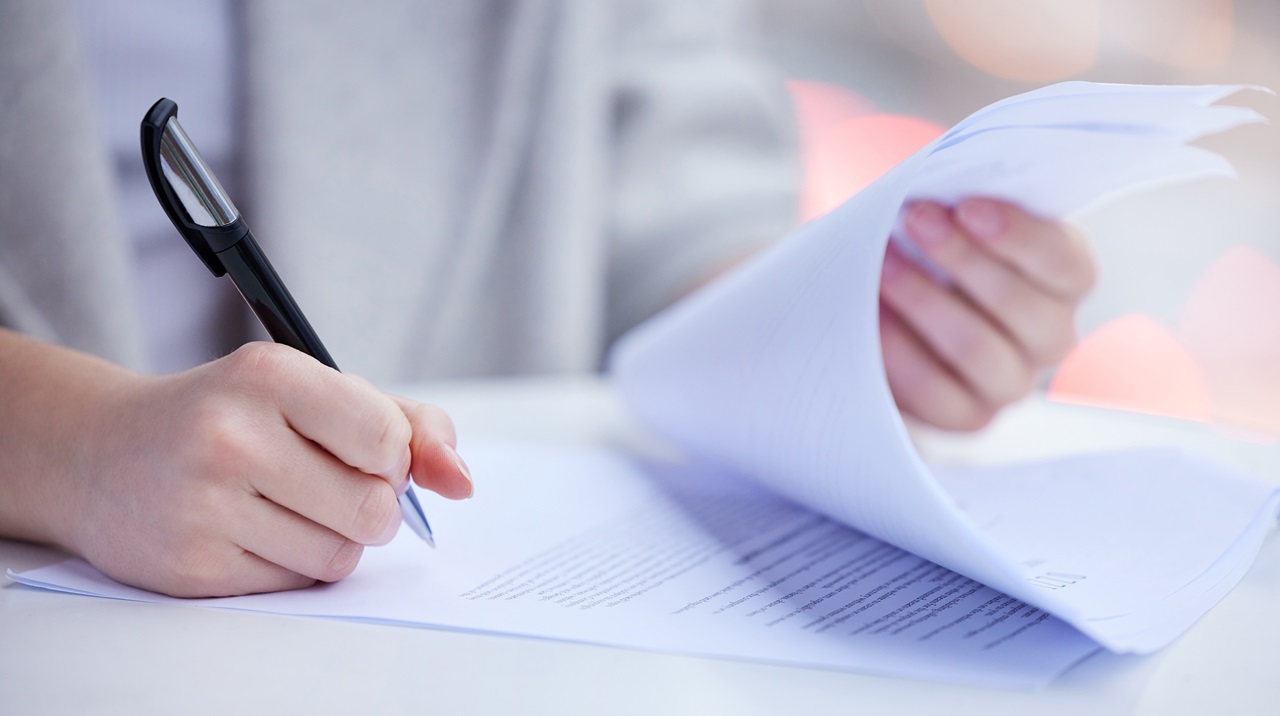
Navigating the complexities of a personal injury claim following a car accident can be a daunting task. One of the most critical components of building a strong and persuasive case is proper documentation. This includes presenting clear and comprehensive evidence to substantiate your claim, demonstrate the extent of your damages, and support your demand for compensation. A well-documented claim also ensures that you are prepared for any challenges raised by insurance adjusters, opposing attorneys, or the court.
In this comprehensive guide, we will explore the importance of proper documentation in personal injury claims and outline the key categories of documentation you will need to collect and preserve to bolster your case. This information is essential whether you are negotiating with an insurance company or preparing for trial in pursuit of fair compensation for your injuries and losses.
Our attorney referral service is here to connect you with experienced legal professionals who are well-versed in properly handling documentation in personal injury claims. Equipped with this valuable information and with the support of our expert attorney referral service, you will be better prepared to navigate every stage of the personal injury claim process, maximize your compensation, and take control of your life after a traumatic car accident.
1. Accident and Police Reports
Accident and police reports serve as fundamental records of the incident and provide crucial details that can help substantiate your personal injury claim. These documents typically include:
– The date, time, and location of the accident
– The identities of the parties and witnesses involved
– The nature and extent of any property damage, injuries, or casualties
– Diagrams and/or photos of the accident scene
– Any traffic citations issued or observations regarding potential violations of traffic laws
It is vital to obtain a copy of the police report filed for your accident and review it carefully for accuracy, considering any necessary amendments or updates.
2. Medical Records and Bills
Medical records and bills provide essential evidence of the injuries you sustained in the accident, the treatment you received, and the costs you incurred as a result. Proper medical documentation should include:
– Emergency room records and hospitalization details
– Diagnostic reports, such as X-rays, CT scans, and MRIs
– Notes and recommendations from treating physicians
– Documentation of any surgeries, treatments, or rehabilitation services
– Detailed bills outlining the costs of medical and therapy services
Maintaining accurate and organized medical documentation will help establish the validity of your claim and support the compensation sought for your injuries.
3. Employment and Wage Records
Lost wages and diminished earning capacity are significant components of damages in personal injury claims. To demonstrate these losses, you will need thorough documentation of your employment and wage history, including:
– Pay stubs, W-2 forms, or income tax returns from before and after the accident
– A letter from your employer confirming your pre-accident job and wage details, as well as any changes or adjustments made after the incident
– Records of time taken off work due to your injuries
– Documentation regarding any job accommodations provided or required as a result of the accident
4. Photographic and Video Evidence
Photographic and video evidence can be invaluable in providing visual proof of the accident scene, vehicle damage, and injuries sustained. Be sure to collect and preserve:
– Photos of the accident scene, including road conditions, traffic signals, and signage
– Images of the damage to your vehicle and any other involved vehicles
– Photos of your injuries, both immediately after the accident and throughout the healing process
– Surveillance or dashcam footage, if available
Properly preserving visual evidence can offer compelling support for your claim and help establish fault, causation, and damages.
Final Thoughts
Assembling and maintaining proper documentation is critical to the success of your personal injury claim, as it provides the foundation upon which your compensation case is built. By understanding the types of documentation required and diligently collecting and preserving this information, you can strengthen your case and improve your chances of receiving the compensation you deserve.
However, navigating the complexities of personal injury claims can be overwhelming, and seeking the support of an experienced personal injury attorney is crucial to ensuring the most effective use of documentation and maximizing your compensation.
Our attorney referral service is committed to connecting you with skilled legal professionals who can guide you through every step of the documentation process and support you in navigating your personal injury claim. Reach out to us at Car Accident Help today to learn how our expert attorney referral service can help you take control of your life after a car accident and obtain the compensation you rightfully deserve.